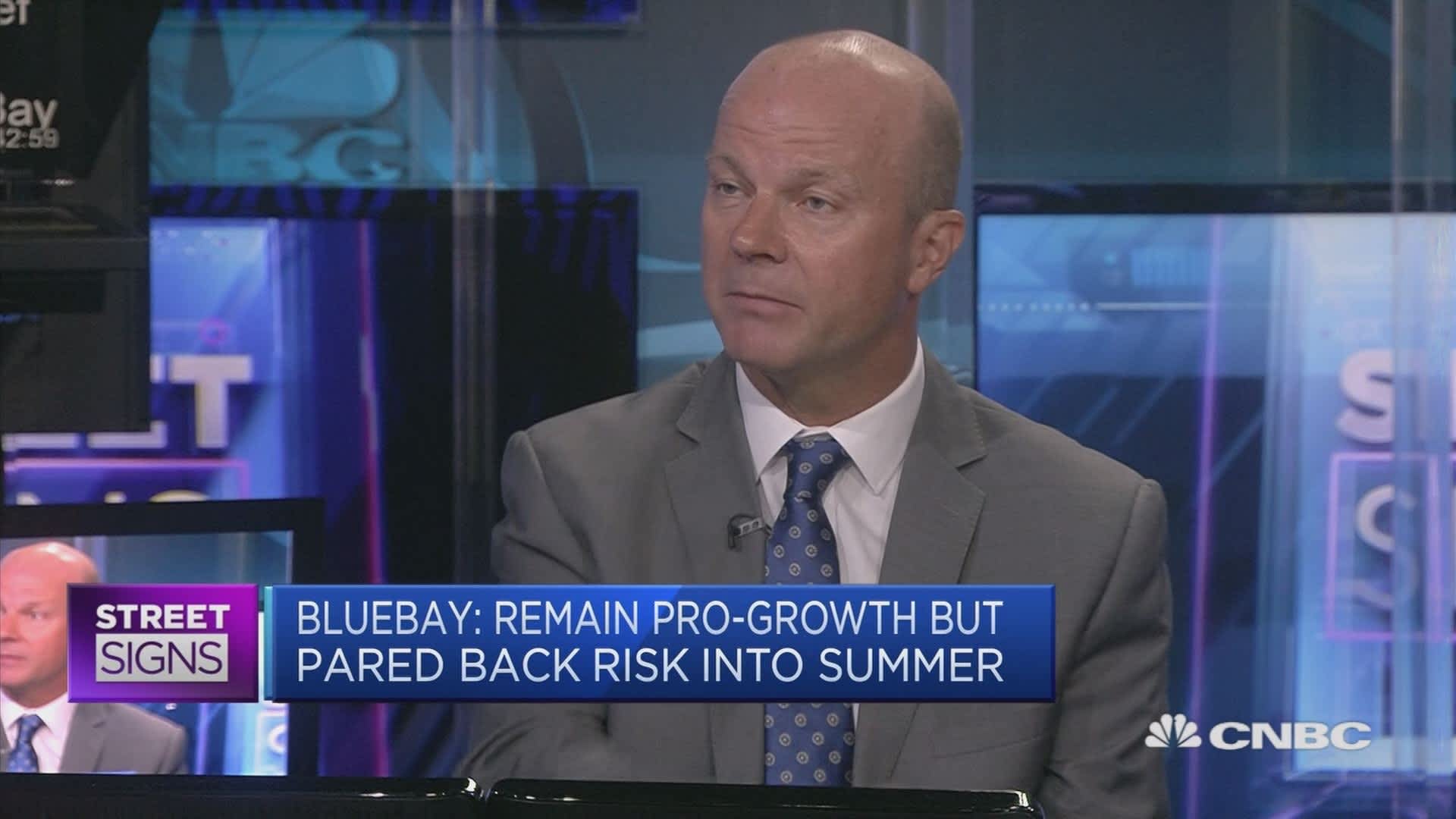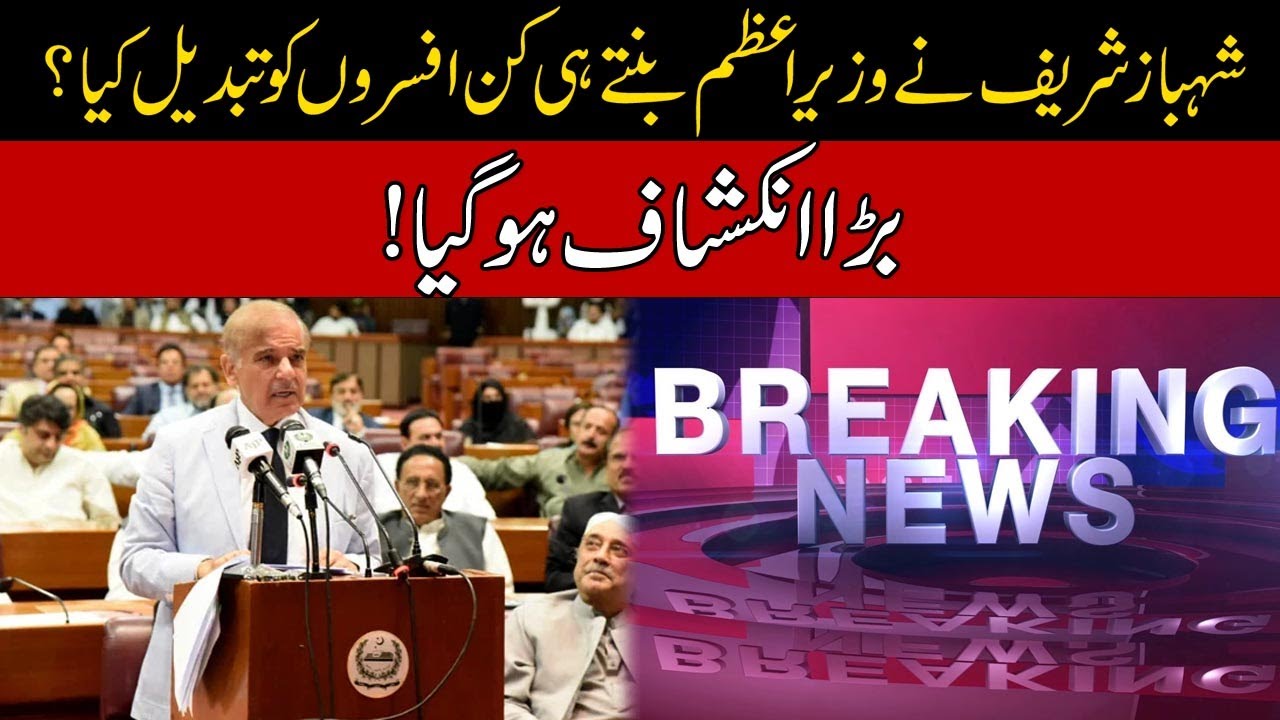China Lowers Interest Rates To Counter Tariff Impacts

Table of Contents
The ongoing trade war between the US and China has cast a long shadow over the global economy. In a significant move to counteract the negative economic consequences of escalating tariffs, China has implemented a series of interest rate cuts. This strategic decision raises crucial questions about its effectiveness, potential risks, and wider global implications. This article delves into the complexities of China's response, analyzing the impact of tariffs, the rationale behind the interest rate cuts, and the potential ripple effects on international trade and monetary policy.
The Impact of Tariffs on the Chinese Economy:
The imposition of tariffs by the US has dealt a considerable blow to the Chinese economy, triggering a chain reaction across various sectors. The consequences extend beyond simple trade imbalances, creating a multifaceted challenge for policymakers:
-
Decreased Export Demand and its Ripple Effects: Tariffs have directly reduced the global demand for Chinese goods, leading to:
- Reduced manufacturing output: Factories are operating below capacity, leading to underutilized resources and reduced overall productivity.
- Job losses in export-oriented industries: Thousands of jobs have been affected, particularly in manufacturing and related industries reliant on exports. The impact extends to ancillary services and support industries.
- Decreased consumer spending: Job insecurity and reduced income have dampened consumer confidence, resulting in lower spending and further slowing economic growth. This creates a vicious cycle, impacting businesses across the board.
-
Increased Import Costs and Inflationary Pressures: Higher tariffs have increased the cost of imported goods needed for production and consumption, resulting in:
- Higher prices for raw materials and intermediate goods: Businesses face rising input costs, squeezing profit margins and potentially leading to price increases for consumers.
- Increased consumer prices: This cost-push inflation reduces consumer purchasing power, further contributing to slower economic growth. The impact is most significant on low-income households.
-
Weakening Yuan and Capital Flight: The uncertainty surrounding the trade war has eroded investor confidence in the Chinese economy. This uncertainty has led to:
- A weakening of the Chinese Yuan: The Yuan has depreciated against major currencies, impacting the cost of imports and potentially fueling inflation.
- Potential capital flight: Some investors have withdrawn investments from China, seeking safer havens, potentially exacerbating the economic slowdown.
Interest Rate Cuts as a Countermeasure:
In response to the economic headwinds, the Chinese government has employed monetary policy tools, primarily through interest rate cuts, to stimulate economic activity. The intended effects are:
-
Stimulating Economic Growth Through Lower Borrowing Costs: Lower interest rates aim to encourage borrowing and investment, leading to:
- Increased investment: Businesses can access cheaper credit, potentially investing in new projects, upgrading equipment, and expanding operations.
- Encouraging business expansion: Lower borrowing costs reduce the financial barriers to business growth, fostering entrepreneurship and job creation.
- Boosting consumer spending through easier access to credit: Lower interest rates make borrowing more attractive for consumers, potentially stimulating demand for consumer goods and services.
-
Addressing Deflationary Pressures: Although China is not currently experiencing deflation, the interest rate cuts are a preventative measure to stave off potential deflationary pressures by:
- Boosting demand: Increased borrowing and spending can counteract potential price declines, preventing a deflationary spiral.
- Maintaining economic momentum: The stimulus aims to maintain economic activity and prevent a more significant downturn.
-
Potential Risks and Side Effects of Interest Rate Cuts: While interest rate cuts can stimulate the economy, they also carry inherent risks:
- Increased inflation: If the stimulus is too strong, it could lead to increased inflation, eroding purchasing power and potentially destabilizing the economy.
- Asset bubbles: Lower interest rates can inflate asset prices, particularly in the real estate market, creating potentially unsustainable bubbles.
- Potential for unsustainable debt levels: Increased borrowing could lead to higher levels of debt for businesses and consumers, increasing financial vulnerabilities.
Global Economic Implications of China's Response:
China's economic actions have significant global repercussions due to its size and its pivotal role in global trade:
-
Impact on Global Trade and Supply Chains: Changes in Chinese economic activity directly impact global trade flows and supply chains. The interest rate cuts, while aimed at stimulating the domestic economy, could also have unforeseen consequences for international trade partners. Reduced demand for imported goods, for instance, could hurt exporting nations.
-
Influence on other Central Bank Policies: China's monetary policy decisions could influence the actions of other central banks around the world. A global ripple effect in monetary policy is possible, as other nations respond to the changing economic dynamics stemming from China's actions.
Conclusion:
China's decision to lower interest rates in response to the negative impacts of tariffs represents a complex and high-stakes economic maneuver. While aimed at mitigating the negative effects on growth and employment, it presents significant risks. The long-term consequences, both domestically and globally, remain to be seen. Further analysis is crucial to assess the effectiveness of these measures and their broader global implications. Understanding the intricate interplay between trade policy, monetary policy, and the global economy is critical. Stay informed about further developments regarding China's interest rate policies and their impact on the global market. The ongoing situation demands close monitoring and informed analysis of the effectiveness of China's response to tariff impacts.

Featured Posts
-
 Agjenti Rrefen E Verteta Mbi Cekun E Neymar Per Transferimin Te Psg
May 08, 2025
Agjenti Rrefen E Verteta Mbi Cekun E Neymar Per Transferimin Te Psg
May 08, 2025 -
 Report Jayson Tatum Suffers Bone Bruise Game 2 Participation Uncertain
May 08, 2025
Report Jayson Tatum Suffers Bone Bruise Game 2 Participation Uncertain
May 08, 2025 -
 Arsenal Ps Zh Analiz Vsekh Matchey V Evrokubkakh
May 08, 2025
Arsenal Ps Zh Analiz Vsekh Matchey V Evrokubkakh
May 08, 2025 -
 Dogecoin Shiba Inu And Sui Price Surge Reasons Behind The Rally
May 08, 2025
Dogecoin Shiba Inu And Sui Price Surge Reasons Behind The Rally
May 08, 2025 -
 Pnjab 29 Pwlys Afsrwn Ke Tqrr W Tbadle Tfsylat
May 08, 2025
Pnjab 29 Pwlys Afsrwn Ke Tqrr W Tbadle Tfsylat
May 08, 2025
